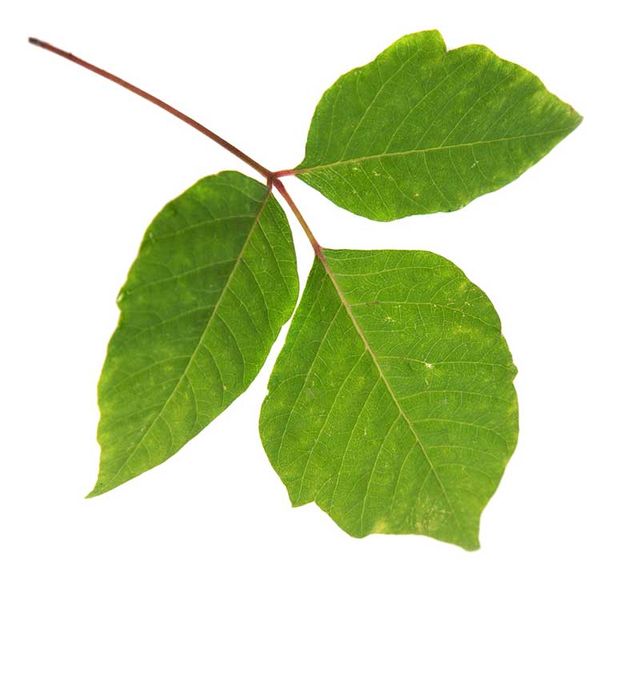
When I was in seventh grade, my parents took my six siblings and I out of school for a late spring vacation to the East Coast. We camped along the way and eventually landed in a Virginia campground that had great trees for climbing, thanks in part to the vines winding up their bases that made ascending easy. Climbing was a blast, until I fell head first off a branch, about 15 feet to the ground. I put out my right arm for protection and broke my humerus just beneath the ball when I hit. An ambulance showed up and a paramedic asked if I had moved since I fell. I hadn't. Then he pointed to the vines at the base of the tree and asked if I was allergic to poison ivy.
No, I didn't think so. I had never had a bad reaction after touching it. I didn't that time, either. Not everyone is so lucky.
For many people, as little as —a chemical found in the sap of poison ivy, poison oak, and sumac—can cause a painful, itchy rash, and, sometimes, boils. Rebecca Braslau, a scientist at the University of California at Santa Cruz, is one of those people. A described why she did something to help detect exposure to the toxin.
Braslau has gotten that horrible poison ivy rash more times than
she'd care to remember. She knows how to avoid the plant herself, but
she has a problem. “My husband's a geologist. He tramps around in the
Santa Cruz mountains,” she tells Shots. Her husband is one of those
lucky people who isn't allergic to the oil in poison ivy.
“When
we first got together he wasn't very careful about it, and so he would
get it on his arm and he wouldn't even know it,” Braslau says. And then
he'd put his arm around her and she'd break out. So Braslau got to
thinking: “There's got to be some way to deal with this, and I just had
this eureka moment because I thought about it for a couple years.”
She crafted a non-toxic spray that glows under a flourescent light when it comes in contact with urushiol, and published the details of that invention in the . As of right now, the spray before it can be produced and used regularly on skin. Braslau has a patent and is . Until then, the best defense against exposure is a thorough washing with a soap called . If Braslau's spray is ever made available, it will allow for a more direct application of TecNu after exposure. That may not sound like a big deal, unless you know that TecNu .
Outdoor employees all over California swear by TecNu. I learned to love it in my twenties, while working for the National Park Service in the Santa Monica Mountains of California. Field work led to repeated contact with poison oak, and my first rash. It turns out that even if you don't have an allergic reaction to urushiol early in life, you can have one later. There is a more detailed scientific explanation for why that allergic reaction happened to me after repeated contact, but I strictly thought of it as karma. After I busted my arm, my parents ended our East Coast vacation early and drove home. I was responsible for all of my brothers and sisters having to return to school during the last week of classes.
—Joe Spring